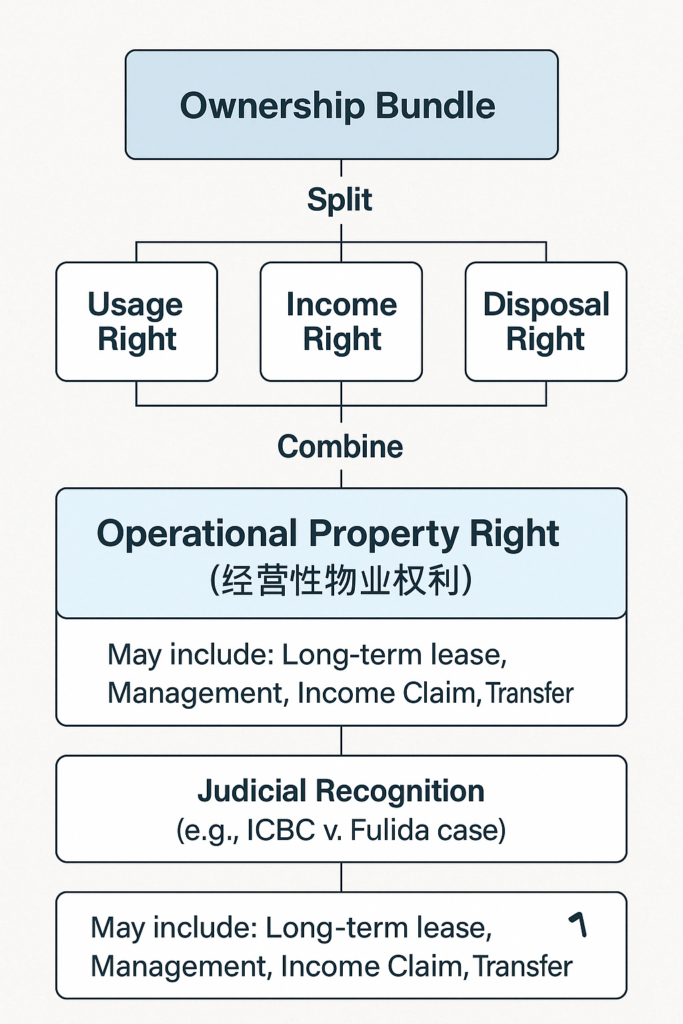In China’s corporate lending landscape, distinguishing between project financing and general fixed-asset loans often sparks confusion—even heated debates—among bankers and borrowers. Regulatory definitions provide surface-level criteria, but grasping the essence of these financing models is critical for risk management and compliance. This article demystifies their core distinctions, backed by regulatory insights and real-world case studies, tailored for North American readers navigating cross-border investments.
1. Regulatory Definitions: A Starting Point
Per China’s Fixed-Asset Loan Management Rules, project financing must meet three characteristics:
- Loan Purpose: Funds large-scale infrastructure, real estate, or industrial projects (new or refinanced).
- Borrower: A special-purpose vehicle (SPV) established solely for the project.
- Repayment Source: Primarily project-generated revenue (e.g., sales, subsidies), with no alternative repayment guarantees.
Key Gap: These traits are descriptive but not definitive. Even if all three apply, the loan might not qualify as project financing.
2. The Core Difference: Risk Allocation
The true distinction lies in risk-sharing structure:
| Aspect | Project Financing | General Fixed-Asset Loan |
|---|---|---|
| Risk Bearer | Project itself (limited recourse to sponsors) | Borrower (and/or parent company guarantees) |
| Sponsor Liability | Limited to equity investment | Full or partial recourse |
| Typical Use Cases | Mega infrastructure, PPP, BOT projects | Capacity expansion, equipment upgrades |
Example:
- Project Financing: A $5B LNG terminal built by an SPV (e.g., CNOOC’s Fujian LNG project). Repayment hinges on terminal operations; sponsors (e.g., ExxonMobil) provide no guarantees.
- General Loan: A textile factory relocates with new equipment but retains parent-company guarantees. Despite being a “new project,” it’s not project financing.
3. Why Misclassification Matters
For Banks:
- Regulatory Scrutiny: Project financing requires stringent collateral (e.g., project assets质押) and risk mitigation (e.g., insurance assignments).
- Risk Exposure: Misclassifying a general loan as project financing could lead to inadequate safeguards.
For Borrowers:
- Cost Implications: Project financing often demands higher interest rates due to perceived risk.
- Flexibility: General loans allow sponsor support (e.g., guarantees), easing credit terms.
4. Practical Guide: How to Classify
Ask these questions:
- Risk Scale: Is the project’s risk so high that sponsors must limit liability? (Think: Petrochemical megaprojects vs. a brewery expansion.)
- Sponsor Intent: Do sponsors refuse to provide guarantees, insisting on non-recourse terms?
- Bank Requirements: Does the deal necessitate complex legal structures (e.g., revenue-sharing agreements)?
Red Flags:
- A “new SPV” doesn’t automatically mean project financing.
- “100% reliance on project cash flows” is a necessary but insufficient criterion.
5. Market Trends: The Shrinking Role of Project Financing
With China’s infrastructure saturation, classic project financing (e.g., highways, power plants) is declining. Emerging scenarios include:
- PPP/Government-Backed Projects: E.g., wastewater treatment under public-private partnerships.
- Cross-Border Ventures: Foreign-funded energy projects (e.g., Saudi Aramco’s Fujian refinery).
🥳 Love My Content?
Fuel more free guides with a beer! 🍺
(Every sip makes the keyboard dance!)
Secured via PayPal • No account needed

 SinoLoanHub: Expert Business Loan Solutions for North American Companies
SinoLoanHub: Expert Business Loan Solutions for North American Companies






